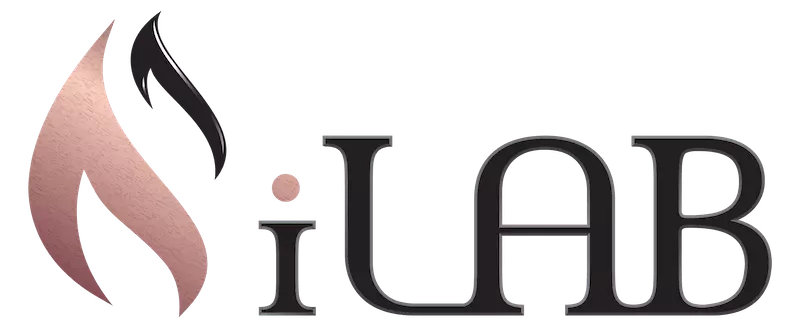iLAB recently cited internal experts to share tips about software risk management and software quality assurance with members of the Cincinnati USA Regional Chamber in the organization’s weekly newsletter.
Does your software present a risk to your company’s bottom line and reputation? iLAB is helping clients raise the quality of their process to protect against risk. Though the idea of mitigating against risk may seem contradictory at first, software quality assurance experts at iLAB are tackling that question by establishing a process.
Testing software for bugs is just the beginning of their approach. Here are some of the insights they use to help enterprises and stakeholders assess their exposure to risk and protect their bottom line and reputation.
Risk is a Relative Concept
The first step in mitigating risks presented by software is deciding what a risk looks like for your business. Some companies are governed by regulations and oversight that partially define this out the gate. But iLAB CEO Jethro Lloyd says even enterprises like banks or insurance companies may have different levels of willingness to release an application with defects. “Whether it’s a tool for internal processes like HR, or a consumer-facing app for account management, many businesses weigh the difference between the cost of repairing a defect versus the cost of the error going live.” In 2018, the cost of poor quality software in the US was about $2.8 trillion.
Known Risks are Better than Unknowns
Once the company has defined their idea of a risk, it’s time to find those risks in the software and either repair or control for them. Remember October 2018, when Hamilton County Police Department’s new criminal record storage system failed, and decades of Cincinnati-area police records were lost? This is exactly the sort of situation iLAB helps control for through independent quality assurance testing.“Whether it’s making sure a system won’t fail when it has a critical mass of users or digging deep into the code to find security loopholes, we evaluate a software product without emotion or attachment,” said iLAB’s North American Client Solutions Manager Justin Groves. In the case of the police department, a power glitch crashed servers and it was revealed that the “backup” never actually existed. That unknown risk compromised county police efficiency for weeks.
Quality is a Process, Not a Goal
iLAB’s North American Director Gerry Bailey said that one of the most important parts of their operations is helping clients establish a process to achieve better quality at earlier stages of development. “When timeline and budget are both a factor, it sometimes results in an end product where enterprises say ‘It is what it is.’ We consult on changes to internal process that help teams create ‘what it is’ at a higher level of quality.”
iLAB bases their work in standards created by organizations like the American Software Testing Qualifications Board (ASTQB). But they also emphasize that every business needs a custom solution. “No two projects are alike, so the process that drives quality has to be flexible in some places and defined in others,” said Groves. “Helping clients find that balance is where we excel.”

